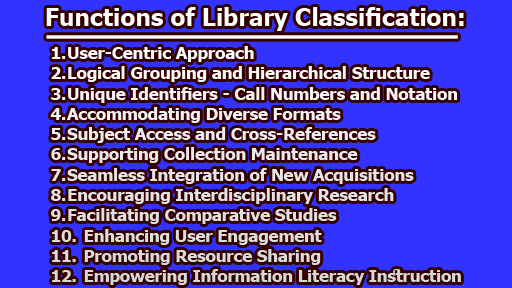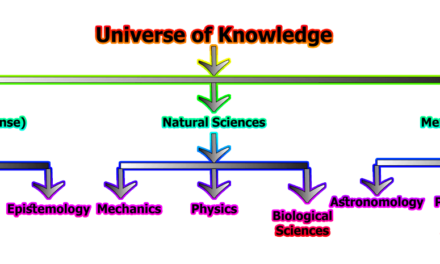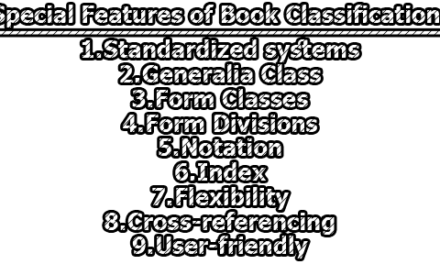Functions of Library Classification:
Library classification serves several key functions that are essential for the smooth organization and management of library resources. These functions are aimed at enhancing user convenience, optimizing the arrangement of documents, and facilitating the seamless retrieval of materials. Let’s explore the functions of library classification.
1. User-Centric Approach: Library classification is designed with users in mind, prioritizing their needs and preferences. By organizing materials in a user-friendly manner, it ensures that patrons can easily locate and access resources, enhancing their overall satisfaction with the library’s services.
2. Logical Grouping and Hierarchical Structure: Library classification systems employ a hierarchical arrangement, categorizing materials into main classes, subclasses, and sub-subclasses. This logical grouping allows users to navigate from broad subject areas to more specific topics, facilitating comprehensive exploration of various subjects.
3. Unique Identifiers – Call Numbers and Notation: Each resource in the library is assigned a unique identifier, such as a call number or notation. These alphanumeric codes correspond to the specific location of the resource on the library shelves, enabling efficient retrieval and replacement of materials.
4. Accommodating Diverse Formats: Library classification systems are flexible enough to accommodate diverse formats of resources, including books, journals, audiovisual materials, and digital content. Regardless of the format, each item finds its appropriate place within the classification scheme.
5. Subject Access and Cross-References: Library classification incorporates subject headings and cross-references to enhance subject access. Standardized subject headings and cross-references enable users to search for materials using relevant keywords and discover related subjects of interest.
6. Supporting Collection Maintenance: Library classification facilitates efficient collection maintenance by providing insights into the usage and circulation patterns of resources. Librarians can identify heavily used items or materials in need of replacement, contributing to the overall preservation and upkeep of the collection.
7. Seamless Integration of New Acquisitions: As libraries acquire new materials, library classification ensures the smooth integration of these additions into the existing collection. The system’s well-defined structure enables librarians to allocate suitable spaces for new acquisitions while preserving the overall coherence of the collection.
8. Encouraging Interdisciplinary Research: Library classification encourages interdisciplinary research by allowing users to explore related topics from different subject areas. The hierarchical arrangement facilitates the discovery of resources that may be relevant to users’ research interests across multiple fields.
9. Facilitating Comparative Studies: Researchers and students can engage in comparative studies across various subjects with the aid of library classification. The organized arrangement of materials makes it easier to access resources from different subject areas that are pertinent to the study.
10. Enhancing User Engagement: An effectively organized library with a well-implemented classification system enhances user engagement and satisfaction. When patrons can easily find the materials they need and discover new ones of interest, they are more likely to return to the library and explore its resources further.
11. Promoting Resource Sharing: Library classification systems based on widely accepted schemes like DDC or LCC facilitate resource sharing and cooperation among libraries. Libraries with compatible classification systems can easily communicate and exchange materials, expanding access to a broader range of resources for all users.
12. Empowering Information Literacy Instruction: Library classification systems offer opportunities for librarians to teach users about information literacy and effective research skills. By explaining how the classification system works and how to navigate it, librarians can empower users to become independent researchers and critical thinkers.
It is apparent that library classification serves as the backbone of effective information organization and access in libraries. Its functions range from prioritizing users’ needs to promoting interdisciplinary research and empowering information literacy. By employing logical grouping, unique identifiers, and accommodating diverse formats, classification systems ensure that libraries offer a user-friendly and seamless experience for accessing knowledge and resources.

Library Lecturer at Nurul Amin Degree College










